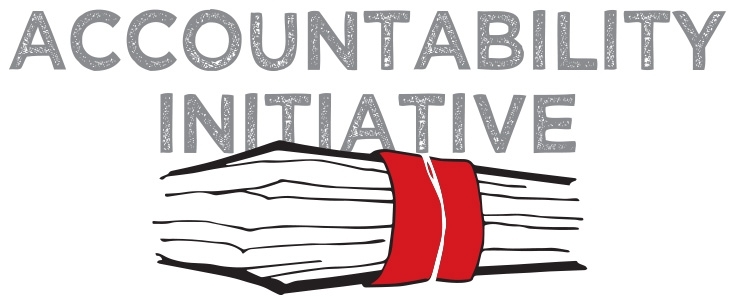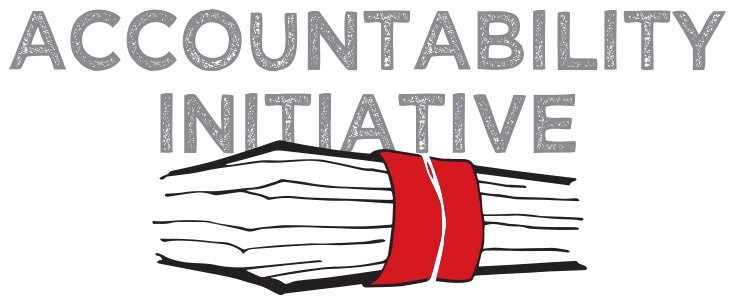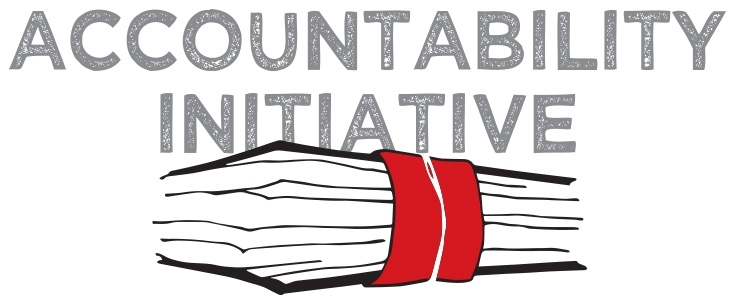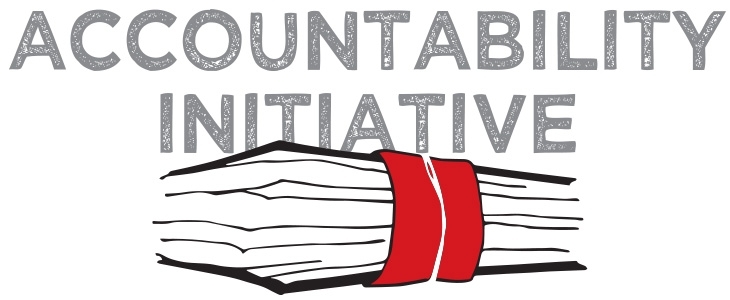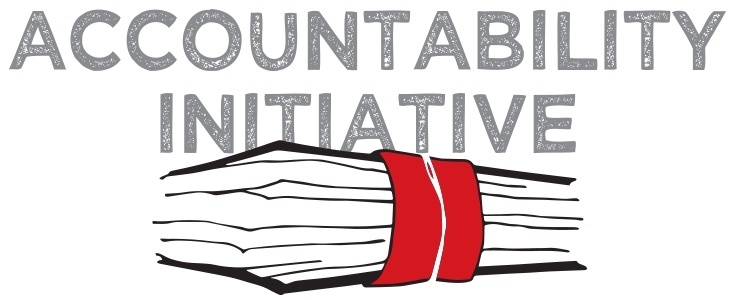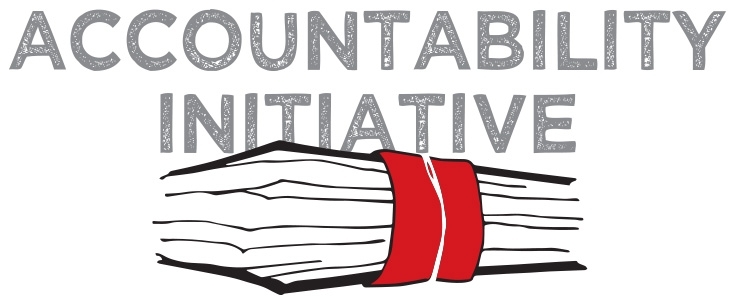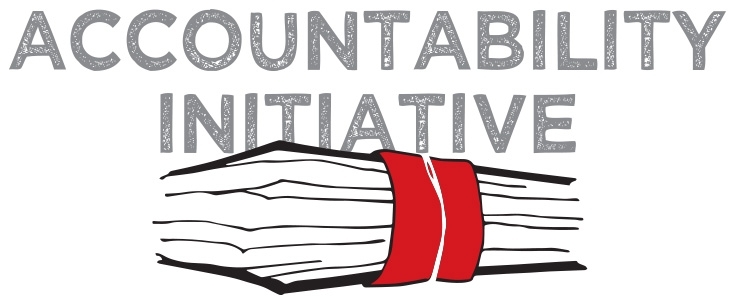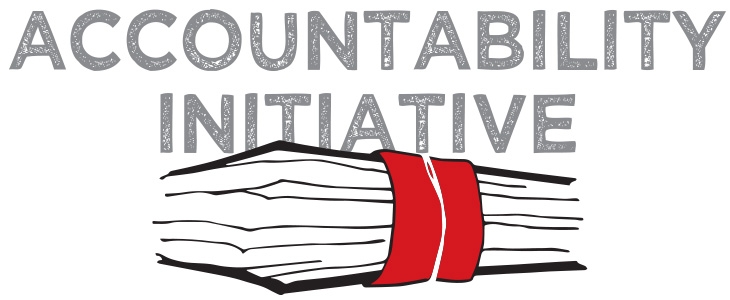The Indian government is spending crores of rupees on welfare schemes. However that is news to Sharan, whose house is half built as the money from Indira Vikas Yojna was inadequate to even complete the roof. Sharan lives in a village just 10 km away from Purnia town. While symbols of modernity like mobile phone have made inroads, welfare lags. Sharan said officials asked for a 200 rupee bribe for a job card under NREGA -a charge echoed across several villagers.
“Does the government know that we are willing to work under NREGA and still not getting any job? Where should we go and complain then?” Sharan asked. Who can possibly give Sharan his answers?
The concept of community co-funded participatory journalism aims to put consumers of news in touch with journalists and publishers – allowing the consumers to request news about topics of interest. If you have 50 people, you can all hire a journalist from the nearest block office to investigate the problems in the fund flow management under various social sector schemes. This report would enable the villagers to identify the right person in the long chain of officials and demand accountability from him.

Now the obvious question how it is different from other existing tools and how do I envision it as a tool that can improve service delivery mechanism? In this model, there is a direct connection between the consumer and the producer. People are asking for reliable information from an individual, not organizations. In this set up, end users would decide what stories need to be told. Journalist can investigate about the origins of the problem and how the concerned authority could possibly remediate it. There would be media centres in each block, and would be run by local graduates. Reporters are selected from district based panel and posted in a particular district office. They need to be present at the block office on few given dates and time, to register request from the villagers. The cost of this time bound investigation would be shared by the government and by the fund raised (tax empted) from the common people. All the donation would go to the selected scheme/topic and place the donor want it to go. There would be guidelines specifying the standards of remuneration. It would be based on competitive rates throughout the country for freelancers. If a news organization wants to buy exclusive rights to the story – then they can do so by paying the government.
Government would only fully sponsor two stories per month for each block. Beyond these two stories, if the money doesn’t materialize, the idea goes unreported. Local people can report if their information needs are met at the end of the investigation. No one person can donate more than 20% of the total cost, and the report needs to be peer reviewed to avoid unethical practices. The government can put 5% of the annual social sector allocation for this project. For 2010-11, the amount comes out to be Rs 14, 741 crores of rupees.
Copies of report would reach the DM, MP, MLA and BDO or the councillor (depending on rural or urban set up). Pictorial representations need to be created for the illiterate consumers (who requested for the news). There would be designated media partners to publish or broadcast the stories on local news channel.
To equip thousands of illiterate citizens with the tools for demanding accountability from the public service provider is not an easy task. We certainly need to experiment. Some of them might not work. But we need to launch a lot of boats.
Sruti Bandyopadhyay is a Researcher with the Accountability Initiative



